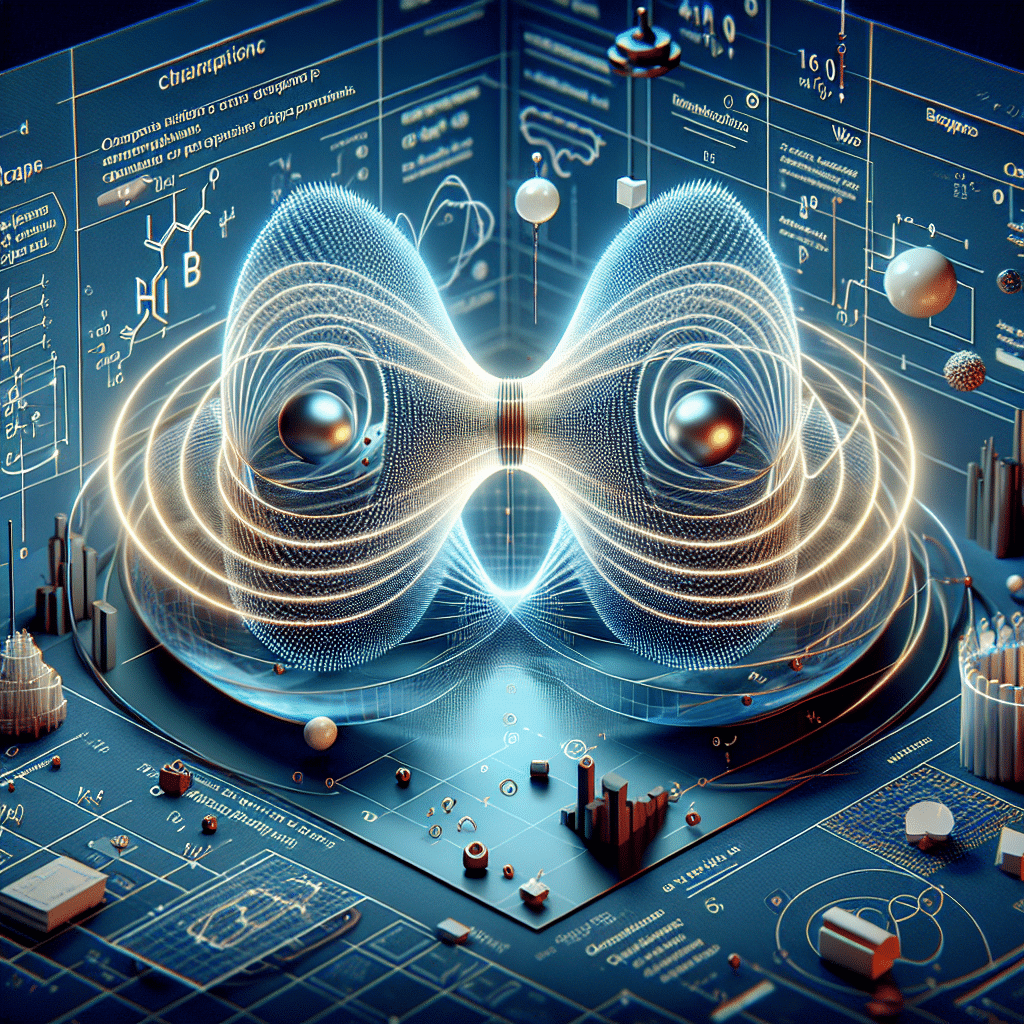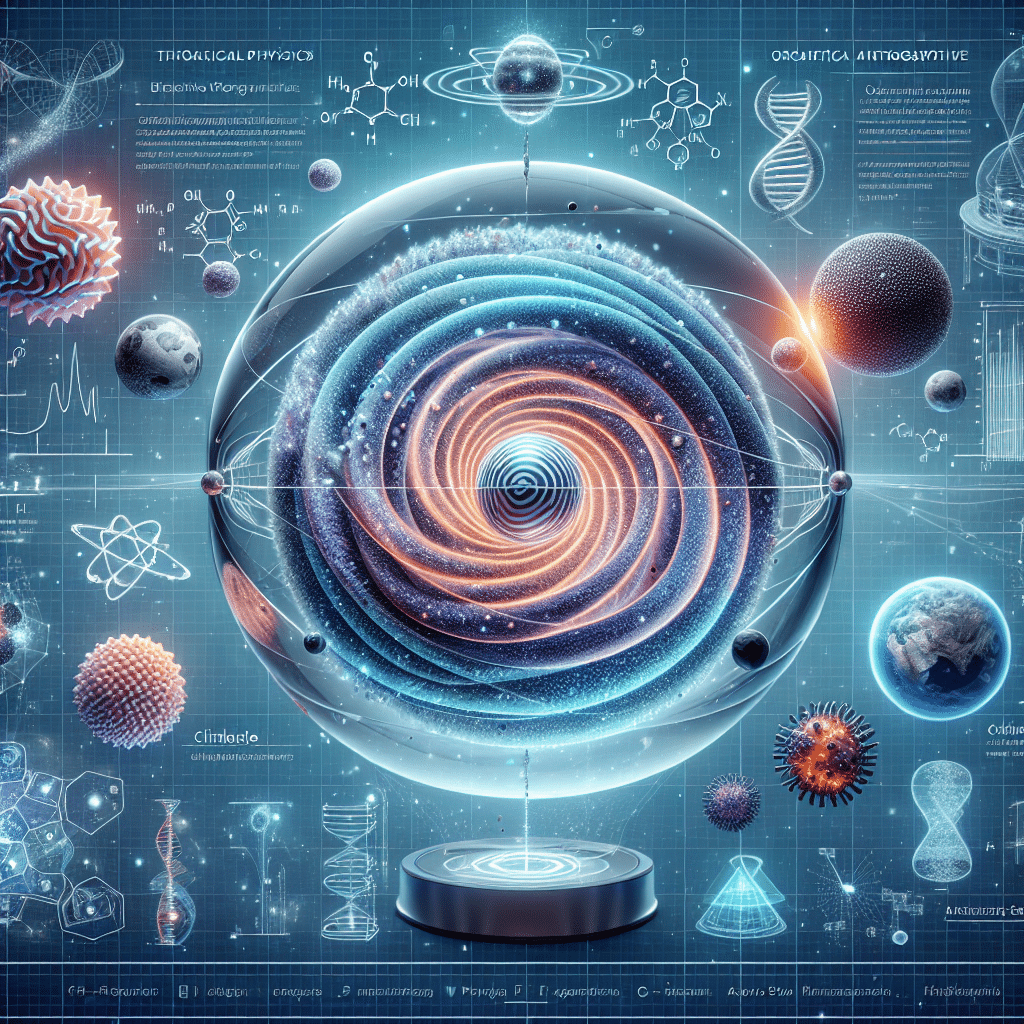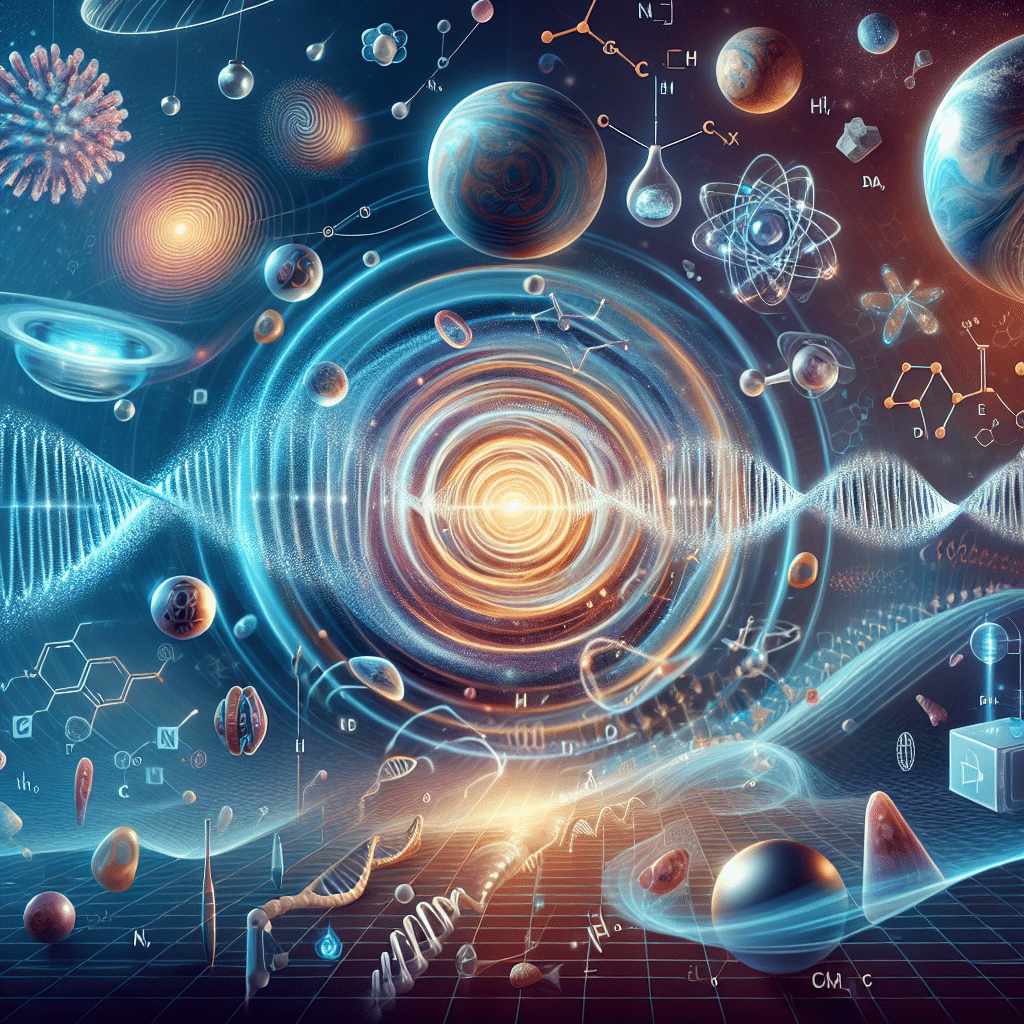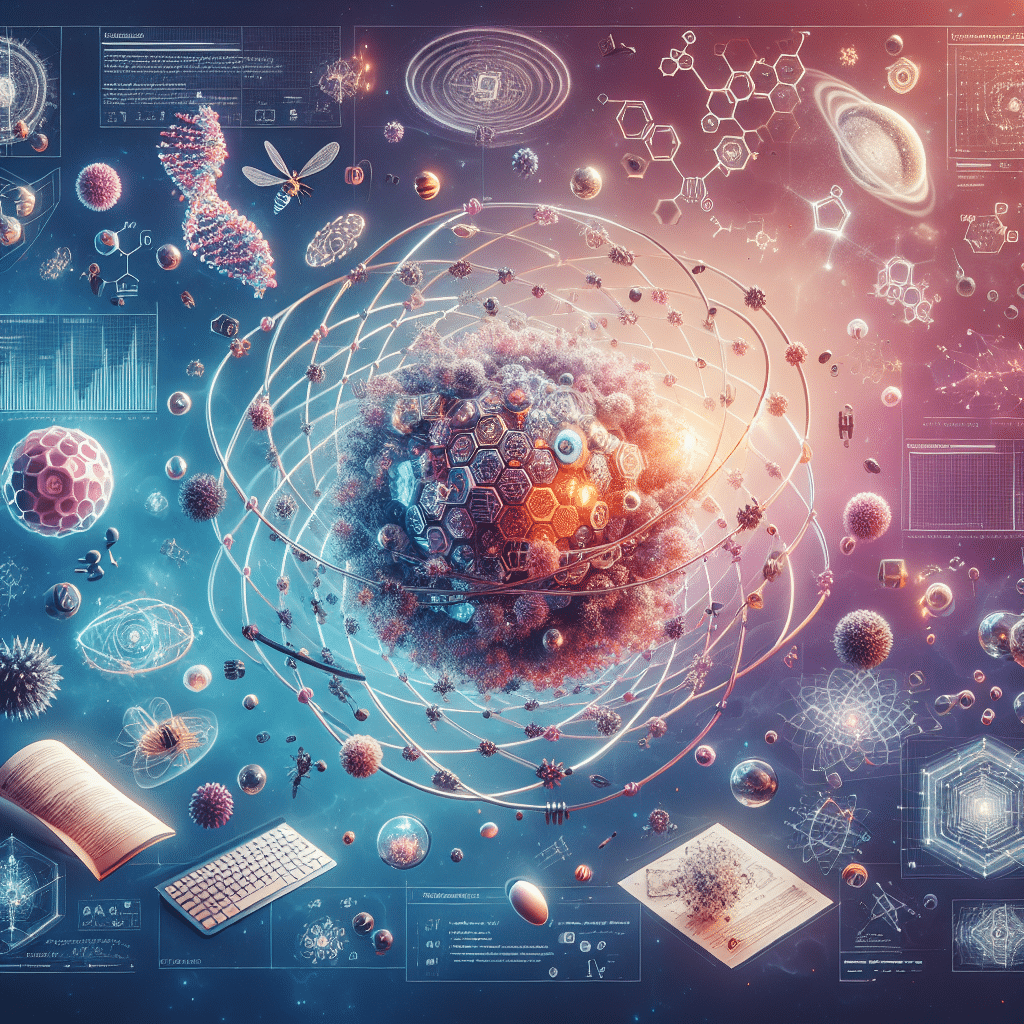Entropic Gravity and Bee Theory: A New Perspective on Spacetime
The quest for a quantum theory of gravity has pushed modern physics to explore ideas that go beyond traditional concepts of particles and fields. Among these, entropic gravity, introduced by Erik Verlinde in 2010, stands out as a bold proposal: gravity is not a fundamental force but an emergent phenomenon linked to entropy, information, and the microscopic structure of spacetime itself.
This framework reshapes our understanding of the universe. It not only echoes principles from black hole thermodynamics and the holographic principle, but also offers a coherent statistical explanation for the universal behavior of gravity. However, entropic gravity faces a challenge: it provides no underlying physical mechanism, leaving the theory largely abstract.
Here, Bee Theory enters as a complementary approach. Instead of seeing gravity as purely statistical, Bee Theory describes it as the result of wave interference in spacetime. By embedding entropic insights in an oscillatory physical framework, Bee Theory strengthens the explanatory power of entropic gravity while addressing its limitations.

Verlinde’s Principle
Gravity as Emergent Force
Verlinde proposed that gravity is not a fundamental interaction but arises as a statistical effect of entropy gradients. Much like elasticity emerges from microscopic molecular interactions, gravity emerges from the information content of spacetime.
In this view, when a particle moves relative to a holographic screen (a surface encoding information about space), the change in entropy gives rise to a force we recognize as gravity.
Black Hole Thermodynamics
The roots of this idea go back to discoveries in the 1970s:
- Bekenstein showed that black holes have entropy proportional to the area of their event horizon.
- Hawking showed that black holes radiate like black bodies, implying they have a temperature.
These insights suggested that spacetime has microscopic degrees of freedom and that thermodynamics is deeply woven into gravity. Verlinde extended this to argue that gravity itself is entropic, an emergent byproduct of spacetime information.

Bee Theory’s Perspective
Bee Theory acknowledges the strength of entropic gravity in connecting thermodynamics and spacetime, but where entropic gravity is purely statistical, Bee Theory introduces a physical oscillatory mechanism.
- Entropy arises naturally from the interference of waves in a complex system.
- Order/disorder transitions are macroscopic reflections of underlying wave dynamics.
- Bee Theory preserves the explanatory power of entropic gravity while providing the missing substrate.
Comparison with Bee Theory
Entropic Gravity
- Core idea: gravity = emergent effect of entropy and information.
- Strengths: explains universality of gravity without requiring gravitons; connects gravity with thermodynamics and holography.
- Weaknesses: lacks a physical mechanism and remains abstract, statistical, and difficult to test directly.
Bee Theory
- Core idea: gravity = emergent wave interference phenomenon.
- Strengths: provides a physical substrate (oscillations of spacetime); incorporates entropic behavior as a statistical outcome of wave systems; suggests testable interference signatures.
Combined Perspective
- Entropic gravity explains the “why”: gravity emerges because systems tend toward increasing entropy.
- Bee Theory explains the “how”: entropy itself arises from the superposition and interference of oscillatory fields.
- Together, Bee Theory provides the mechanism, and entropic gravity provides the statistical description.


Advantages of Bee Theory over Pure Entropic Gravity
- Physical Mechanism — Bee Theory gives a wave-based engine for entropy and gravity alike.
- Compatibility with Wave Physics — Consistent with interference, resonance, and oscillatory dynamics across physics.
- Reproduction of Entropic Effects — Horizon entropy and related phenomena appear as emergent, without assuming entropy is fundamental.
- Experimental Pathways — Points toward observable interference patterns in gravitational wave data or vacuum fluctuations.
Entropic gravity represents a bold shift in thinking: gravity as an emergent property of entropy and information, not a fundamental interaction. Its strength lies in its connection to black hole thermodynamics and the holographic principle, but its limitation is the absence of a physical mechanism.
Bee Theory offers a solution:
- It embraces the emergent nature of gravity while grounding it in oscillatory wave dynamics.
- It explains entropy as a natural consequence of wave interference, bridging statistical and physical views.
- It provides a testable, unifying framework that integrates the insights of entropic gravity with the physics of oscillations.
In this way, Bee Theory transforms entropic gravity from a compelling idea into part of a broader, wave-based understanding of the universe.
Comparison with Bee Theory
Entropic Gravity
- Core idea: gravity = emergent effect of entropy and information.
- Strengths: explains universality of gravity without requiring gravitons; connects gravity with thermodynamics and holography.
- Weaknesses: lacks a physical mechanism and remains abstract, statistical, and difficult to test directly.
Bee Theory
- Core idea: gravity = emergent wave interference phenomenon.
- Strengths: provides a physical substrate (oscillations of spacetime); incorporates entropic behavior as a statistical outcome of wave systems; suggests testable interference signatures.
Combined Perspective
- Entropic gravity explains the “why”: gravity emerges because systems tend toward increasing entropy.
- Bee Theory explains the “how”: entropy itself arises from the superposition and interference of oscillatory fields.
- Together, Bee Theory provides the mechanism, and entropic gravity provides the statistical description.


Advantages of Bee Theory over Pure Entropic Gravity
- Physical Mechanism — Bee Theory gives a wave-based engine for entropy and gravity alike.
- Compatibility with Wave Physics — Consistent with interference, resonance, and oscillatory dynamics across physics.
- Reproduction of Entropic Effects — Horizon entropy and related phenomena appear as emergent, without assuming entropy is fundamental.
- Experimental Pathways — Points toward observable interference patterns in gravitational wave data or vacuum fluctuations.
Entropic gravity represents a bold shift in thinking: gravity as an emergent property of entropy and information, not a fundamental interaction. Its strength lies in its connection to black hole thermodynamics and the holographic principle, but its limitation is the absence of a physical mechanism.
Bee Theory offers a solution:
- It embraces the emergent nature of gravity while grounding it in oscillatory wave dynamics.
- It explains entropy as a natural consequence of wave interference, bridging statistical and physical views.
- It provides a testable, unifying framework that integrates the insights of entropic gravity with the physics of oscillations.
In this way, Bee Theory transforms entropic gravity from a compelling idea into part of a broader, wave-based understanding of the universe.
